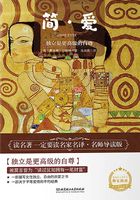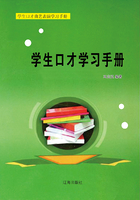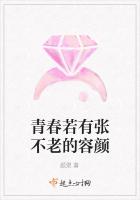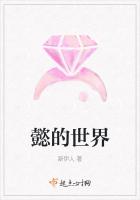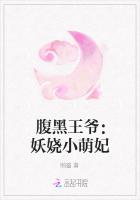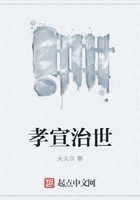1. How many gates are there in Pingyao city?
A. Four.B. Five.C. Six.D. Seven.
2. Which gate in Pingyao city stands for the tail of the turtle?
A. The gate on the west.
B. The gate on the east.
C. The gate on the south.
D. The gate on the north.
3. It can be inferred from the last paragraph that .
A. old banks in ancient Pingyao city used checks only
B. Pingyao city was one of the largest cities in ancient China
C. Pingyao occupies an important place in the financial history of China
D. the nowdefunct firm is considered to have been the predecessor of modern banks in China
4. Whats the purpose of the writer to write this passage?
A. To encourage the reader to visit Pingyao city.
B. To introduce Pingyao city to the reader.
C. To tell us that Pingyao city played an important role in Chinas finance.
D. To describe the special gates of Pingyao city.
5. Which of the following statements is NOT true about Pingyao city?
A. Now Pingyao city is the only one in china completely protected as it was hundreds of years ago.
B. Shuanglin Temple became a symbol of the flourishing culture of the ancient city.
C. Pingyao is known mainly for the ancient brick city wall, the Zhenguo Temple, and the Shuanglin Temple.
D. The gate on the south stands for the head of the turtle.
Tulou, the special residential architecture1 of Fujian Province was included on the UNESCOs World Heritage List during the 32nd session of the World Heritage Committee in Quebec, Canada.
Fujian Tulou is a group of houses built between the 12th and 20th centuries over 120 km in the mountainous areas of southwest Fujian Province, island from the Taiwan Strait. Set amongst rice, tea and tobacco fields the Tulou buildings are earthen houses. Several storeys high, they are built along an inwardlooking, circular or square floor plan as housing for up to 800 people each. They were built for around a central open courtyard with few windows to the outside and only one entrance. Invaders can not get in easily.
Housing a whole clay2, the houses were used as village units and were known as “a little kingdom for the family”.They feature tall strong mud walls capped by big roofs with wide overhanging eaves3. The most detailed structures date back to the 17th and 18th centuries. The buildings are divided between families with each taking up two or three rooms on each floor.
In contrast with4 their plain outlook, the inside of the Tulou buildings was built for more comfort and was often better decorated. They are considered as wonderful examples of a building tradition and show a particular type of collective living and defensive organization, and, in terms of their harmonious5 relationship with their environment, they are also an outing example of human settlement.
【生词注释】
1. residential architecture居住建筑
2. clayn. 泥土
3. overhanging eaves外延式的屋檐
4. in contrast with与……成反比
5. harmoniousadj. 和谐的
1. The material of Tulou is .
A. earth
B. stone
C. brick
D. wood
2. Which word can be filled in the blank?
A. Defense.
B. Appreciation.
C. Living.
D. Visiting.
3. It can be inferred from the passage that .
A. Tulou lie in a plain
B. Tulou are built for visiting
C. the most detailed structures date back to the 17th and 18th centuries
D. there might be many visitors visiting Tulou every year
4. What is the main idea of the passage?
A. Fujian Tulou are earthen houses.
B. Fujian Tulou has become another World Heritage.
C. Fujian Tulou buildings were known as “a little kingdom for the family.”
D. The inside of the Tolou buildings was built for more comfort and was often better.
5. Whats the purpose of the writer to write this passage?

